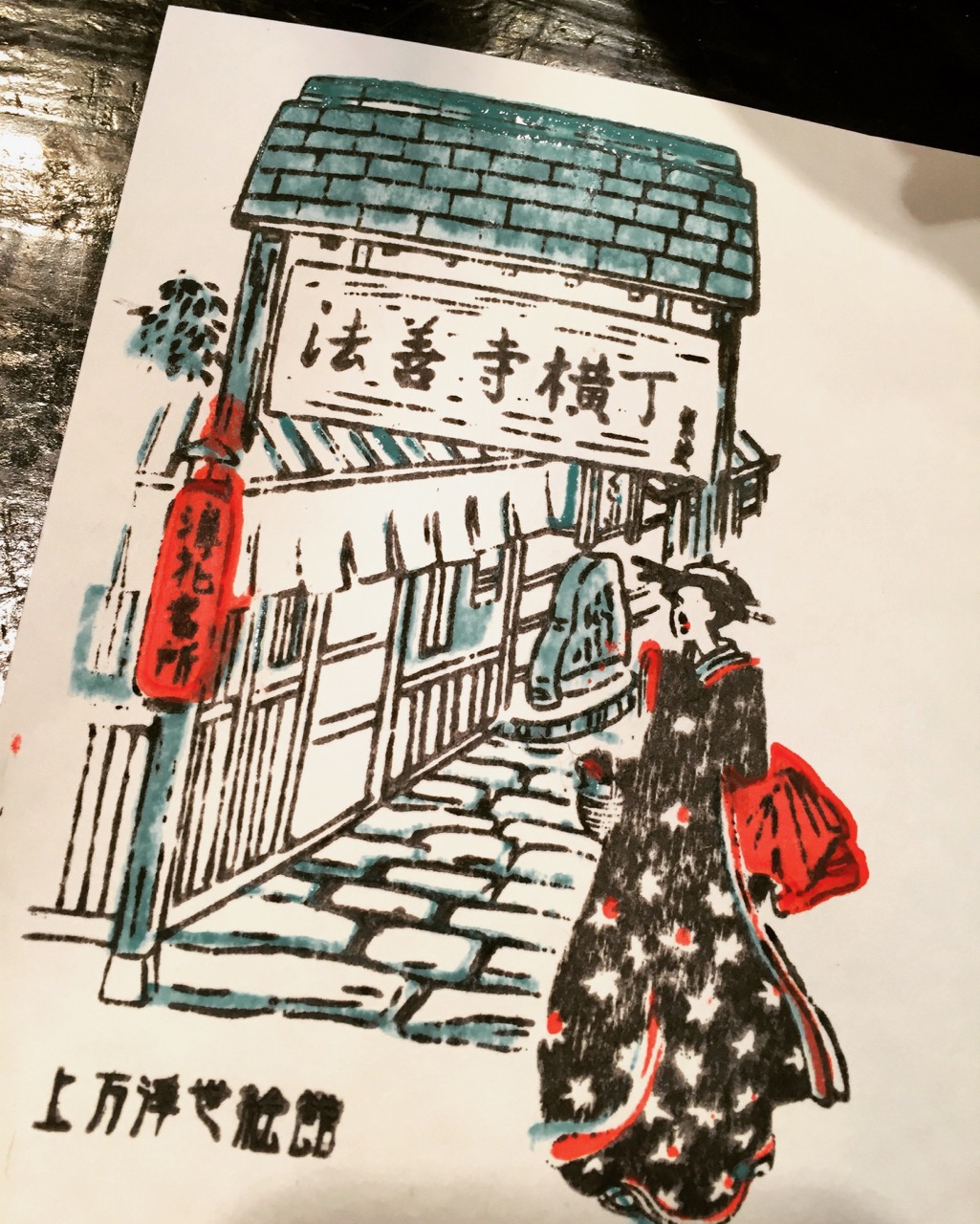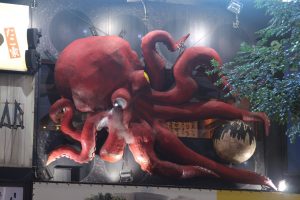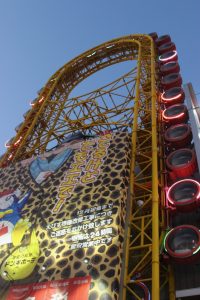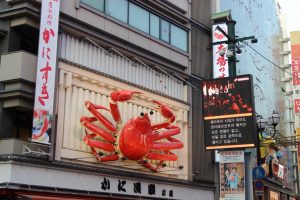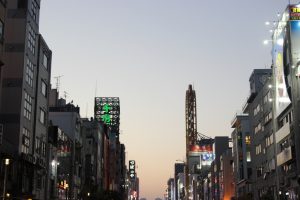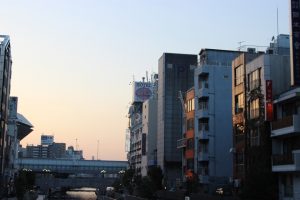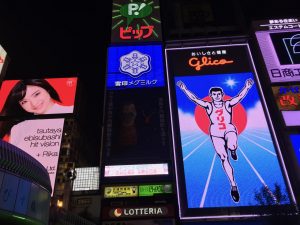I have assassinated the internet in our Air B&B with my download of Pokemon Moon and upload of a billion pictures. Oops.
Osaka day two: maybe I would do some city things? Wrong. We did weird things and a few city things. We started out by going to the Open-Air farmhouse museum, which is located in a giant park just north of the city. The park was huge and home to a sports complex, flower beds, and little preschool kids on field trips whining about how hungry they were while teachers pleaded with them to keep it together just a little while longer.

After a pleasant ten minute walk, we arrived at the farmhouse museum.
The museum is a collection of a dozen old farmhouses and related structures from around Japan dating back to the 1600s. During the 1960s, the farmhouses were meticulously disassembled and reassembled in their current home in Osaka. Osaka is a commerce center, so…naturally farmhouses would assemble here. Or something.
Many of the farmhouses had thickly thatched roofs to keep the winter snows off, and were smartly designed to be flexible in earthquakes. They were large by today’s standards, and some had room for the livestock or not, depending on where in Japan the house had come from.


Many of the houses had fires in the kitchen started by the museum’s caretakers (retired people!), and they smelled wonderfully of musky smoke. The homes had farming implements on display, including dioramas of villages and family shrines. The museum would occasionally host kabuki plays on its antique kabuki stage, and there was a teahouse which held ceremonies every Saturday. Today was like Tuesday or something, so there weren’t many activities other than the houses themselves to behold.


The crown jewel of the museum was a massive two-story home designed for silkworm farming. Up to forty family members lived in some of these houses, and there are three villages left today which have collections of these houses. All are considered UNESCO world heritage sites. The silkworm care happened on the second floor of the home, and all living space was below.

Overall, highly recommend: it offered a distinct contrast to the ultra-modernity of today’s large Japanese cities. You could almost forget you were in a big city if you could ignore the sound of planes.
Following the farmhouses, we headed back to the station to go to the Kamigata Ukiyoe museum in Nanba. On the way, we encountered a fluffy golden retriever carrying her own pink basket in her mouth. So cute! I got to pet her. Day: made.
Nanba is a bustling district of duty-free shops, bright lights, and good food. We got in for free at the ukiyoe museum thanks to our Osaka Amazing pass. It had a few floors of theater-based ukiyoe and information on the colors and the meaning of the symbolism present in each image. Many of them were originals from the 1800s.
At the top, we could make our own ukiyoe! Of course we did this thing. It was run by a nice little lady. She didn’t know much English, but we chatted about lots of things, like our trip so far, winter, and weird cultural things. Things I learned about Ukiyoe:
- The pressboards are made of yamazakura, a type of cherry that grows up in the mountains
- This wood is rare now, so they make the current pressboards from composite wood with a layer of the yamazakura on top
- Most of the ukiyoe made in Tokyo (Edo) were made because they were popular, but the ones in Osaka promoted theater and were generally much more individualistic
Here is generally how you make an ukiyoe print:
- You paint some glue on the design that is the black lines
- Then, you paint black on the raised portions
- Press your paper to the top of the print, lining up a symbol in the corner so everything is aligned
- Using something like a flat rice scoop, you press the paper down to the ink and hope it rubs off correctly
- Each color has its own block. Lather, rinse, repeat for each color


Somehow we completed our masterpieces!
After that, we got lunch at another okonomiyaki place. Osakan okonomiyaki is different from Hiroshima’s – the batter is mixed together with the cabbage as its cooked. It was very tasty.

We toured around Nanba and Dotombori for a while, and impulsively hopped on a little cruise up and down the river to see the city lights.
Tomorrow, it’s off to Okinawa! We are flying in to Ishigaki airport in the Yaeyama islands, and then will be going over to Iriomote Island.
